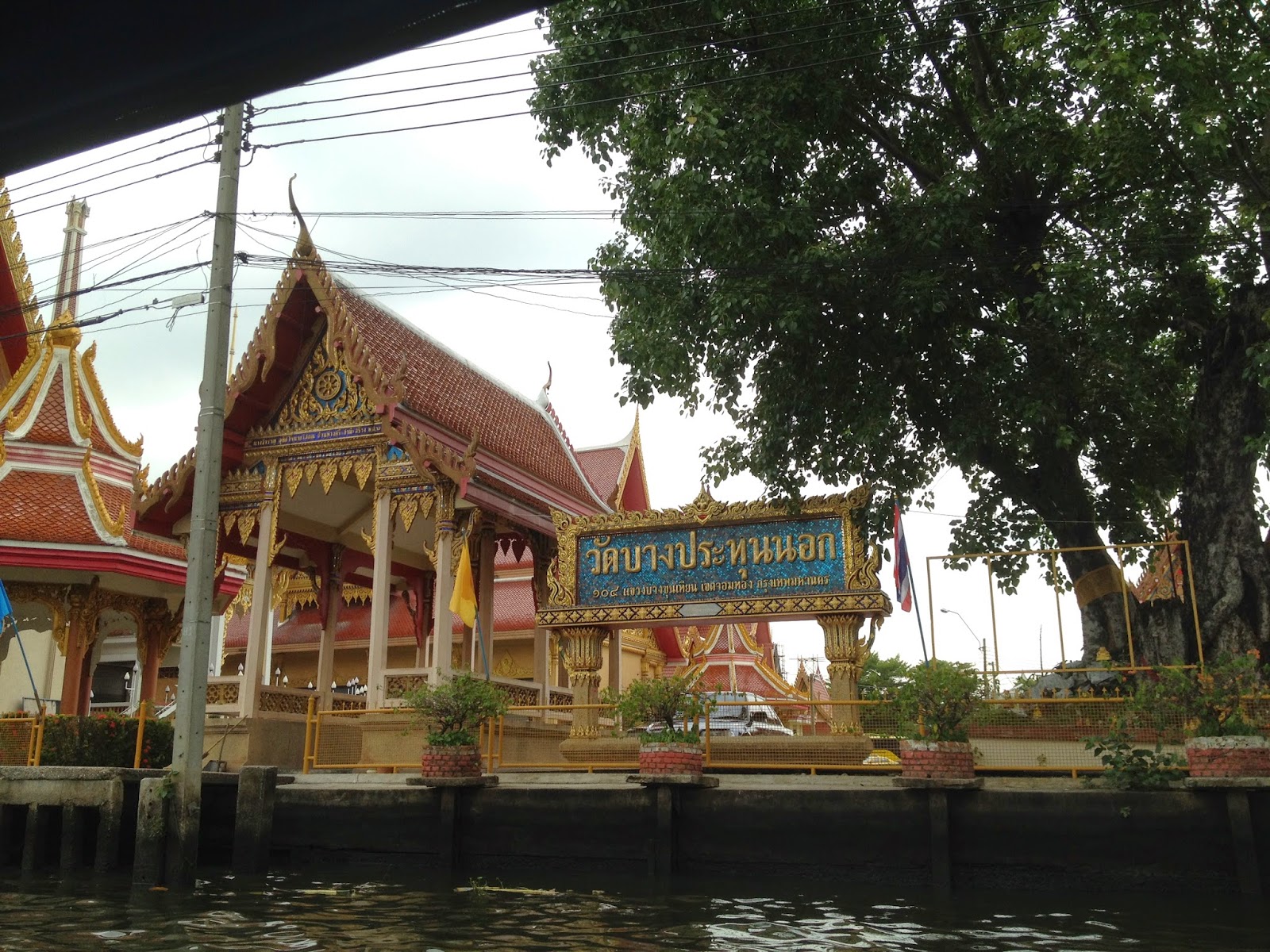Introduction to Cognition and Information Processing
1.Introduction
Information processing is the most importance to human performance, which include: 1.high level intellectual function (comprehension /visual perception / attention) 2.executive function (planning / self monitoring / problem solving) that happened in brain .It`s from perception of environment to acting on that environment.
Human performance include : workload memory (interface/task/context of use) and environment . humans interact :human operator perceive the information transform to different forms , take action (feedback) to operator in order to assessing the environment . transformations carry on between information and human ,but it should take some time ,sometimes human make error .
Traditional open-loop representation from cognitive psychology ; closed-loop system , following the tradition of engineering feedback models .
Cognition include : recognition / interpretation / judgement/ reasoning .
Computer is similar to human`s faction with brain and behavior . computer`s function : 1.Input ( keyboard/voice recognition ) like human`s sense ; 2.computer program in processor unit ( hard disk/memory ) like human`s memory ; 3. output ( displays/voice feedback/sound alert) like human`s speaking ; after the processing , then the information feedback loop to the input .we should understanding nature / time demands / errors to predicting and modeling human-system interaction .
Processes and transformations related to : attention/perception/memory and cognition/attention selection/multiple task performance
2.Three approaches to information processing
Information was conceived as passing through a finite number of discrete stage : 1. experimental manipulations 2. converging evidence from brain physiology .
History 1936 (invention)---1940(information processing framework )---1969(fitting the task to the man)---1997(artificial intelligence).
Different task and environmental factors influence information-processing psychology then make distinction to human factors
Decision-making biases on perception/diagnosis/action selection/stage , maybe make some errors .
Ecological approach : human behavior interaction natural environment , mimicked by the direct-manipulation interfaces.
My question : I can`t understand Ecological approach clearly.
Aircraft with a cockpit including a viewing surface for piloting which is at least partially virtual
ABSTRCT:
The invention concerns an aircraft including a cockpit comprising a viewing surface for piloting giving at least one pilot a view of an outside scene comprising the environment of the aircraft extending forward of the aircraft. At least part of said viewing surface for piloting is free of any glazed surface and is formed by display means for a digital image representing at least part of an outside scene comprising the environment of the aircraft extending forward of the aircraft.
DESCRIPTION:
Question : In order to change conventional aircraft more perfect , there are some problem to solve : 1. numerous radii of curvature 2. numerous structural reinforcements 3. optical distortion 4. cabin reduces 5. limiting financial profits
Solution : New technology providing an aircraft having a new cockpit of which the impact on the mass and on the aerodynamics of the aircraft is significantly reduced. in addition directed to increasing safety, in particular by improving the pilot's perception and awareness of the outside scene forward of the aircraft. viewing surface for piloting is free of any glazed surface and is formed by display and outside scene comprising the environment of the aircraft extending forward and outside scene as viewed by the pilot is a virtual reconstitution of the real environment .
means: 1. a screen and associated means for projection (including back-projection)
2. a device with lasers for forming a holographic image.
3. The digital image of the outside scene may be an image projected onto a screen or take on the form of a hologram or any other form.
advantage : 1.glazed surfaces is reduced and made lighter 2. simplifies the manufacture and improve aerodynamic performance 3. reduce fuel consumption, improve operating income and increase safety.
My question : The technology to collect large amounts of information, how to deal with brain?



































